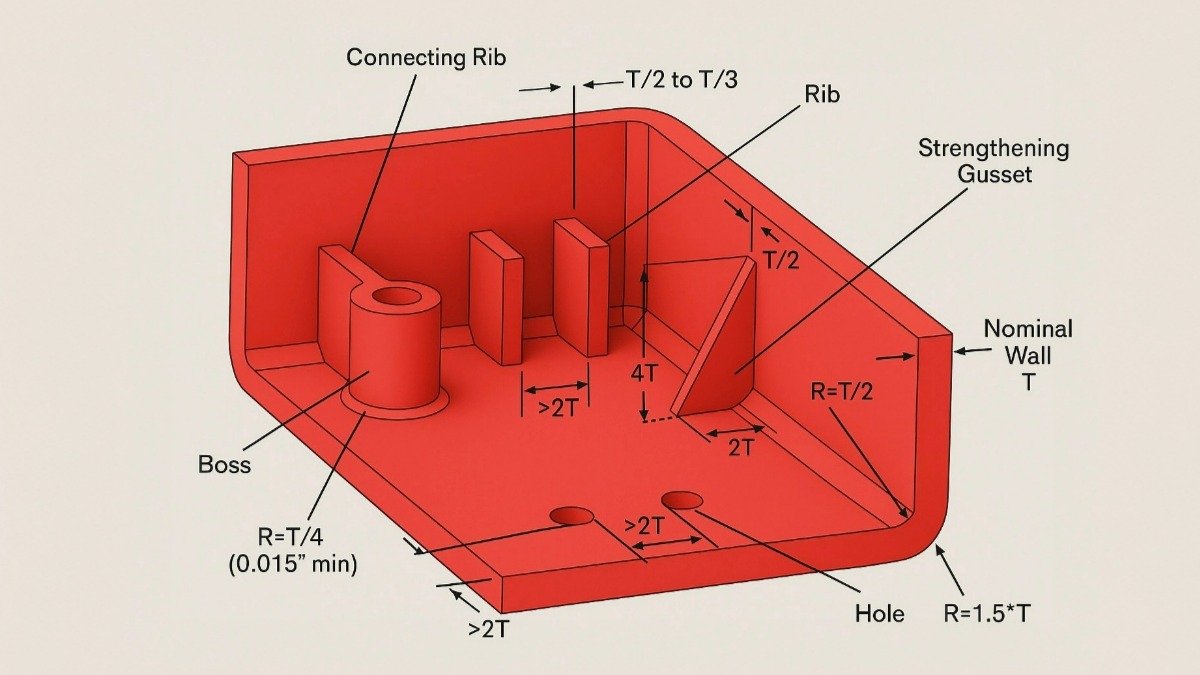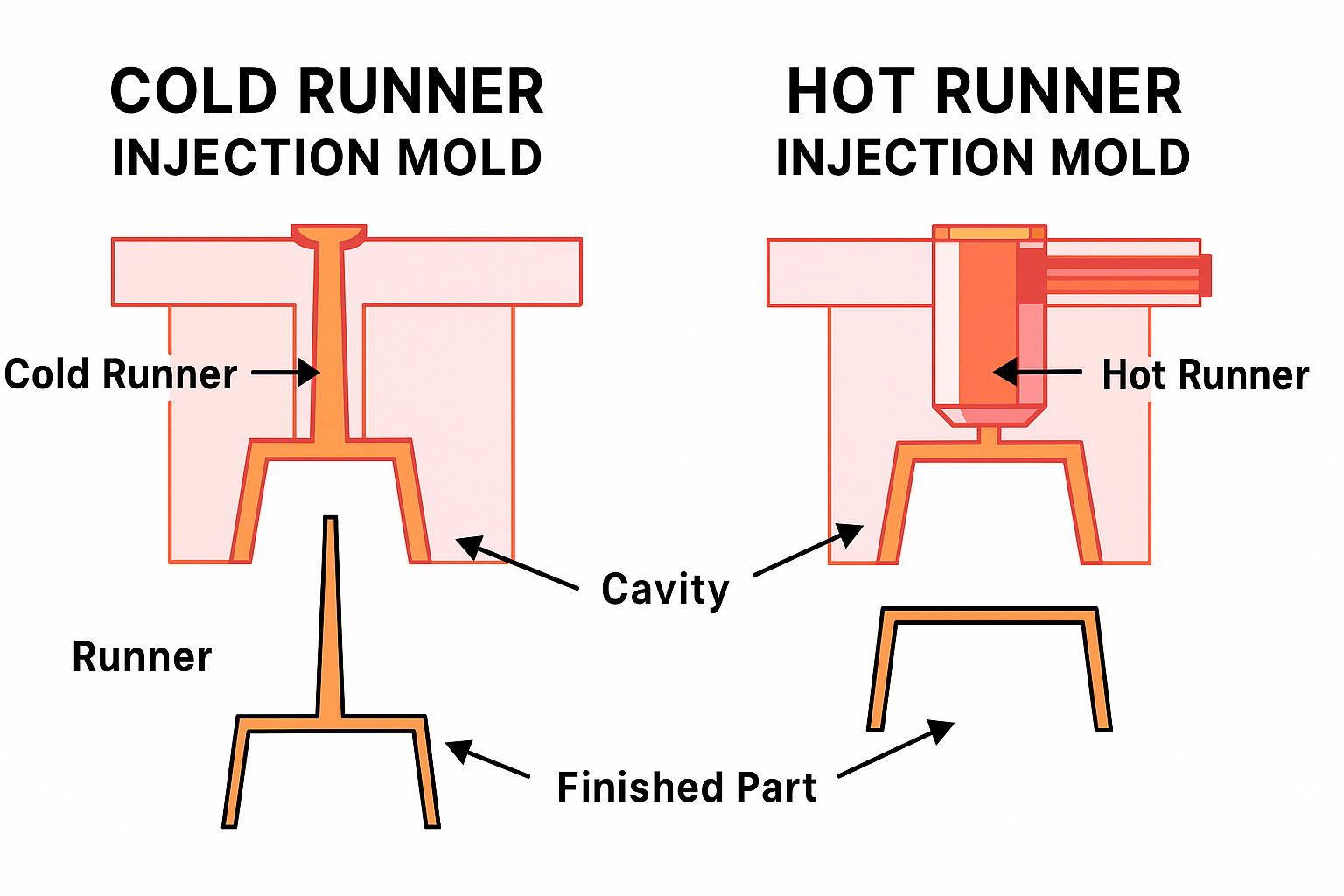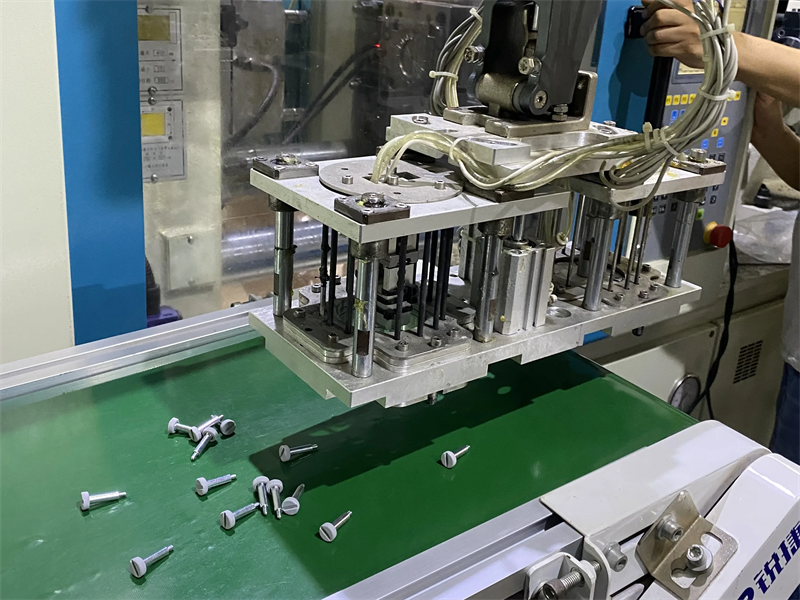Understanding the Foundation of High-Volume, High-Precision Production
In the world of modern manufacturing, molds are essential tools that enable the efficient mass production of complex, consistent, and high-quality parts. From plastic housings and automotive components to packaging and medical devices, molded parts are everywhere — made possible by precise, durable tooling designed for repeated use.
This article provides an overview of what molds are, their key roles in manufacturing, and a breakdown of the most common mold types used in industry today.
What Is a Mold?
A mold is a hollow form or cavity into which a material is injected, pressed, or poured to produce parts with a defined shape. Once cooled or cured, the part takes on the geometry of the mold. Molds are typically made from hardened steel, pre-hardened steel, or aluminum, depending on the production volume and application.
Molds are used in a wide variety of forming processes, including:
- Injection molding (plastics, some metals)
- Die casting (metals like aluminum, zinc, magnesium)
- Compression molding (rubber, thermosets)
- Blow molding (hollow plastic parts)
- Thermoforming (thin plastic sheets)
Key Types of Molds in Industry
1. Injection Mold
Used for forming thermoplastics or thermosetting polymers by injecting molten material into a cavity under high pressure. This is one of the most common types of molds used today.
- Applications: Automotive parts, electronic enclosures, consumer goods
- Features: High precision, high production speed, supports complex geometries
2. Die Casting Mold
Designed for injecting molten metal (e.g., aluminum, zinc) into a mold cavity under high pressure. Similar in concept to plastic injection molds but built to withstand much higher temperatures.
- Applications: Engine housings, structural parts, connectors
- Features: High strength parts, good surface finish, tight tolerances
3. Compression Mold
Used to shape materials (especially rubber or thermosetting plastics) by placing the material in an open cavity, then applying heat and pressure with a second mold half.
- Applications: Gaskets, electrical components, composite parts
- Features: Suitable for large, durable, heat-resistant parts
4. Blow Mold
Used to produce hollow plastic parts by inflating heated plastic inside a mold cavity. Commonly used for containers and bottles.
- Applications: Plastic bottles, fuel tanks, hollow toys
- Features: Hollow structures, uniform wall thickness, high output
5. Vacuum Forming / Thermoforming Mold
Used for forming heated plastic sheets by stretching them over a mold with vacuum pressure.
- Applications: Trays, clamshell packaging, panels
- Features: Low tooling cost, fast prototyping, suited for thin parts
Choosing the Right Mold Type
The choice of mold depends on several factors:
- Material type (plastic, metal, rubber)
- Part geometry and complexity
- Required volume and production rate
- Tolerance and surface finish requirements
- Budget and tooling lifespan
For example, aluminum molds may be chosen for rapid prototyping or low-volume runs, while hardened steel molds are preferred for high-volume production due to their durability.
Conclusion
Understanding different mold types is fundamental for engineers, designers, and manufacturers involved in product development and production planning. Each mold type serves a specific role in enabling scalable, repeatable, and cost-effective manufacturing.
As manufacturing continues to evolve, mold design and tooling technologies remain at the heart of industrial efficiency.



